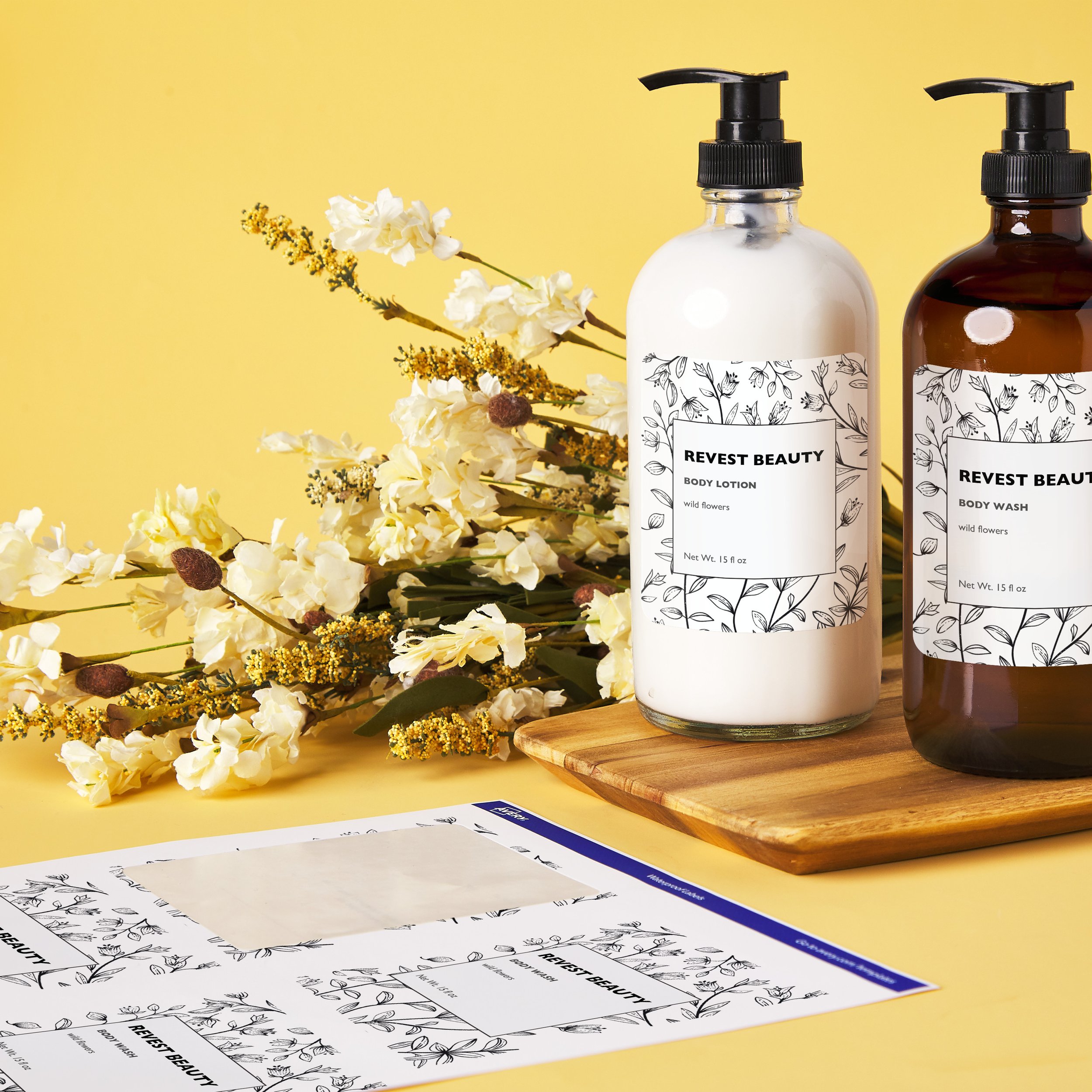Dry Plants That Fit in Texas
Table of Contents:
Gravel- Uses, and benefits
Design Tips
Examples of Plants
Let's face it, gardening in Texas can be.. complicated. You have to deal with unpredictable weather, heat that goes all over the place, and never knowing if you're going to have a tornado drop on your head. It's great! If you are brave enough to work with the elements, though, you can find that it's possible to grow plants that not only are beautiful but can survive even in drought years in Texas.
We'll start off by saying that we aren't professionals at this. What we are are people like you that live in Texas and have had many plants die under our care, despite our best attempts. To that end, we're looking at how to transform your garden into a beautiful, functional space with plants that will grow back year after year.
It sounds weird to say, "ok, the first thing your garden is going to need is gravel," but, well, it's true? When you're dealing with a garden that you want coming back year after year, you need to limit water consumption. The biggest abuser you have? Your grass. Grass is an extremely thirsty plant, not to mention finicky! Imagine if you didn't have to fight with that any longer? No more mowing, no more watering and weeding, and hoping temperatures don't reach up so high the roots burn or so low they freeze. Oh, and did we mention that the water you are saving can be put to plants you love? Are you sold? Great!
So now that you're looking at different types of gravel, there are a few things to keep in mind.
- There are a TON of color options. It's fantastic. Whether you're going for a light and airy feeling or something a bit more earthy, there's guaranteed to be gravel for you.
-Since you don't have to stick to specific planters or worry about grass roots, you can put your plants anywhere! And just use the gravel as filler in-between.
- Make sure to add raking and replenishing to your calendar. You should only half to do it twice a year, though, instead of standing out there for hours every weekend.
Design Tips for a Dry Garden
Now that we've got you sold on the benefits of gravel, let's consider how to design your dream garden. Start by grabbing a layout of your property. Whether you're working in just one section of your home (ie just your front yard or just your backyard) or you want to blend the areas together, you need an idea of how your property looks so that you can plan things. Once you've got that, add in any permanent features you've got on your property. Do you have a deck that you're putting in? What about trees around the property that you want to take advantage of? (Hint, you definitely should take advantage of the trees you have, as they provide shade for your other plants.) Basically, you'll want to sketch out anything that is definitely staying on the property or any major changes that you know you're making. From there, consider a few things.
- Repeating plants in random areas gives a cohesive and pleasing look, without being too manicured. (Unless that's the look you're going for.) It also guides the eye throughout the garden, creating a flow that is pleasing whether you're walking or just looking around.
- Use light and airy plants like pampas, fountain grass, and kangaroo paw. These not only add color to the landscape, but their beautiful foliage adds texture and movement all year long.
- Use pavers across the entrances to areas to keep gravel contained. This way, you're doing less in the way of sweeping/raking/corralling. And it means that any plant material from 'outside' your garden can easily be scraped off.
-For stepping stones, borders, or other breaks in the gravel, you can get really creative. You can use everything from large stones to slices of wood, reclaimed wood, or timbers.
Choosing Plants
Honestly, this step is simultaneously really easy while also being really difficult. We know, we've been full of conundrums this week. We're sorry. So let's look at the hard part and get that out of the way. What you want to do is compile a list of drought-resistant plants. While we do have a few examples for you to consider, we're not going to say that this is all of them. The easy part is going through and choosing which of those plants are most appealing to you. Do you like to focus on light and airy plants? Do you want to focus on color throughout the year? What about a focus on plants that are useful in medicine or around the home? Your answer is going to change which of the plants you choose and how your garden is going to end up looking. One thing we do want to say, though, is that just because these are water-wise plants doesn't make them all bland and boring.
You can have many beautiful flowering plants in your garden like the Kangaroo Paw, Disoma, California Poppies, or Mediterranean Lavender. Adding in "Blue Cloud" salvia will give you a beautiful shrub all summer, while the "Teddy Bear" magnolia offers up a beautiful bronze on the underside of its leaves all year long.
If you enjoy cacti and succulents, those can be an option to mix throughout your yard, and still create a beautiful array of flowers for you to enjoy. Check out barrel cacti for some examples.
If you want something that's hardy but would do well in the shade of a tree, check out the cordylines. They do best in shaded areas, add texture to your yard, and are a stunning red or pink. You might consider mixing in coastal rosemary around the edges of those areas, as they love the shade, but they also enjoy well-drained areas.
Whichever plants you choose, make sure to talk to experienced gardeners so that you can get the best tips for caring for your yard, whatever the weather brings. We hope that you'll consider showing us what you plant in your yard, whether it's great big cacti, beautiful flowers or an herb garden. Let us know over on Facebook what you get up to.
If that's not what brought you to our humble corner of the internet, it might be that you're in need of appliance repair. And yep, you're still in the right place. If your dishwasher is broken or your dryer is busted, we can help. You can reach out to us by phone at ((214) 599-0055) or by heading over to our contact page. We'll work with you to set up an appointment that works with your schedule to get your home running again.










